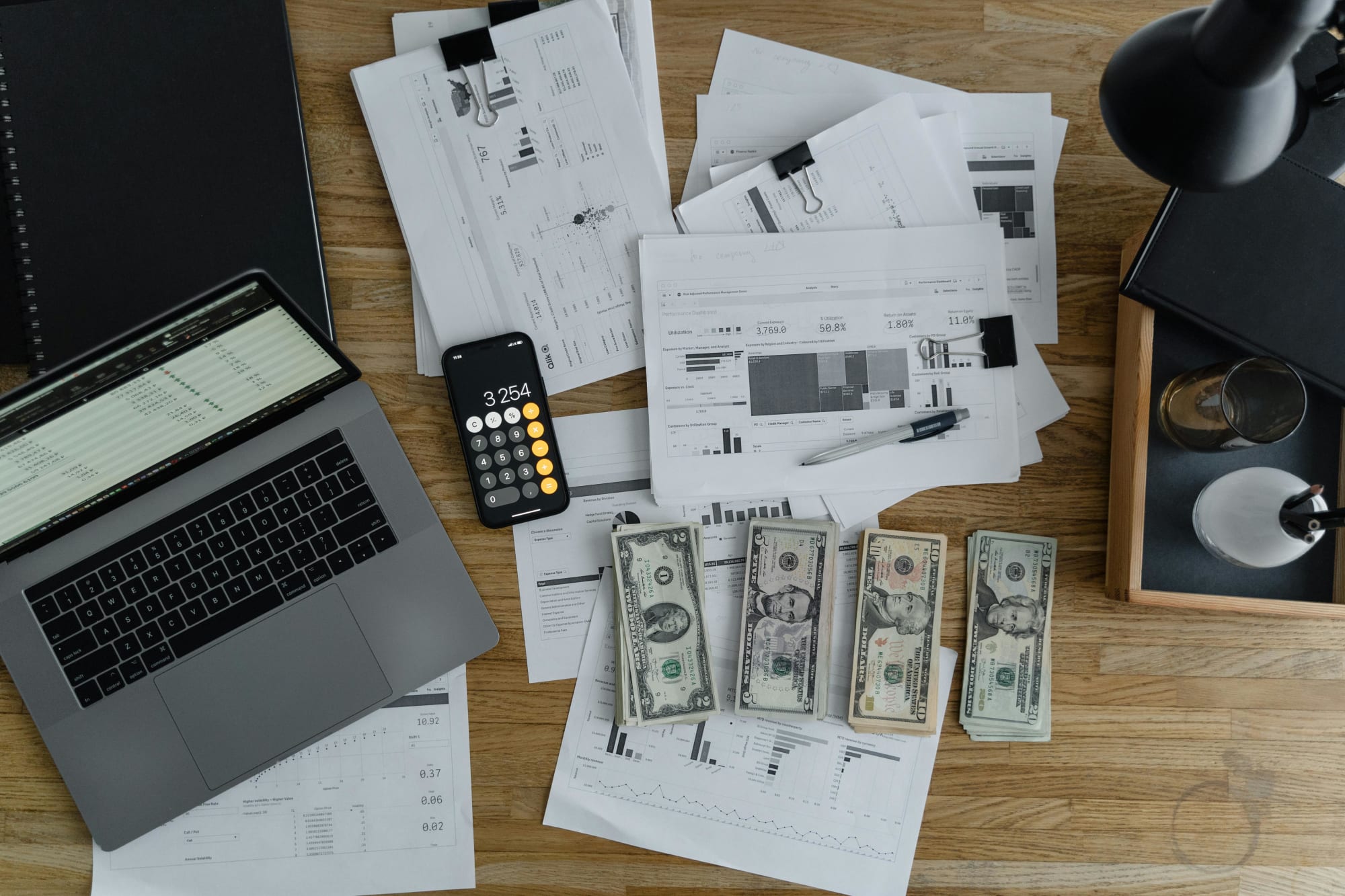Borrow
Is it time to get a better rate?
Mortgage-holders are being advised to take advantage of record-low interest rates and refinance if they haven’t already done so.
Is it time to get a better rate?
Mortgage-holders are being advised to take advantage of record-low interest rates and refinance if they haven’t already done so.

New research by RateCity has found that 43 per cent of Australian mortgage-holders are looking to refinance to a better rate, taking advantage of a record-low cash rate.
By comparison, a survey conducted by RateCity in 2018 revealed that 19 per cent of borrowers were looking to refinance, following the banking royal commission. That’s more than double in just two years.
Sally Tindall, research director at RateCity, highlighted that mortgage-holders are no longer tolerating overpaying for their mortgage.
“The loyalty tax gets worse the longer you stick with your bank.

“It’s taken a pandemic to get people to shift their mindset, but hopefully we’ll come out of it more budget-conscious and less complacent towards our mortgages,” she said.
Ms Tindall highlighted that the large financial institutions are willing to fight for consumers, meaning mortgage-holders can take advantage.
“The banks are pulling out all the stops, too, putting some of the biggest cashback offers and rock-bottom rates on the table and adding more flexibility on fixed-rate loans to attract new business – and it is working.
“The best way you can get a rate cut is to turn yourself into a new customer and switch. If you aren’t in a position to refinance, pick up the phone and try some old-fashioned haggling with your bank,” she said.
How much can a mortgage-holder save?
According to RateCity’s analysis of RBA data, existing owner-occupiers are paying over 1 per cent more than the lowest variable rate in the market.
If they switched to the lowest ongoing variable rate, that’s a saving of $2,805 in the first year, and $19,235 over five years, including switching costs, on the typical $400,000 loan.
This is based on an owner-occupier who switched five years into a 30-year loan.
About the author

About the author


Loans
Fixing the future: How brokers and lenders can turn rate-hike anxiety into strategic advantage
Australian borrowers are leaning into short-term fixed loans as rate uncertainty lingers, shifting risk from households to lenders and their funding partners. That creates a narrow window for broker ...Read more

Loans
Mortgage mania: Why sluggish turnaround times are the new battleground in booming loan demand
Brokers across Australia are flagging loan processing delays precisely as borrower activity rebounds — a dangerous mismatch for lenders competing on service as much as price. The operational lesson is ...Read more

Loans
Why AI isn't penning Aussie mortgages yet trust trumps tech
Australian borrowers remain wary of AI taking the wheel on home loans, even as brokers and lenders quietly increase behind-the-scenes adoption. The trust gap is the core blocker — and it’s solvable. ...Read more

Loans
Underserved by design: A case study in turning FBAA broker density gaps into growth
Fresh FBAA data confirms broker headcount is rising past 22,000, yet coverage remains uneven — with concentrations in NSW and Victoria and pockets the association identifies as underservedRead more

Loans
The new shadow lender: How the ‘Bank of Mum and Dad’ is redrawing Australia’s first-home buyer market
Parental capital has become a decisive force in Australia’s housing market, accelerating deposits, lifting bidding power and creating a two‑speed pipeline of first‑home buyers. This isn’t a feel‑good ...Read more

Loans
The effortless edge: How Australian brokers turn retention into a compounding growth engine with AI and specialisation
Australia’s broking market is crowded, digital-first and unforgiving on acquisition costs. The growth story now is retention—engineered through low-effort client experiences, AI-enabled servicing and ...Read more

Loans
State Street: RBA holds rates at 3.6% as hawkish tone emerges
State Street has said the Reserve Bank of Australia’s (RBA) decision to hold the cash rate at 3.6 per cent reflects a more hawkish policy bias, signalling that the central bank is likely to keep rates ...Read more

Loans
The effortless edge: How brokers turn low-friction service into high-retention value
Client retention in broking is no longer about squeezing a better rate at renewal. It’s about building an ‘effortless’ experience that anticipates needs, removes friction, and compounds loyalty across ...Read more

Loans
Fixing the future: How brokers and lenders can turn rate-hike anxiety into strategic advantage
Australian borrowers are leaning into short-term fixed loans as rate uncertainty lingers, shifting risk from households to lenders and their funding partners. That creates a narrow window for broker ...Read more

Loans
Mortgage mania: Why sluggish turnaround times are the new battleground in booming loan demand
Brokers across Australia are flagging loan processing delays precisely as borrower activity rebounds — a dangerous mismatch for lenders competing on service as much as price. The operational lesson is ...Read more

Loans
Why AI isn't penning Aussie mortgages yet trust trumps tech
Australian borrowers remain wary of AI taking the wheel on home loans, even as brokers and lenders quietly increase behind-the-scenes adoption. The trust gap is the core blocker — and it’s solvable. ...Read more

Loans
Underserved by design: A case study in turning FBAA broker density gaps into growth
Fresh FBAA data confirms broker headcount is rising past 22,000, yet coverage remains uneven — with concentrations in NSW and Victoria and pockets the association identifies as underservedRead more

Loans
The new shadow lender: How the ‘Bank of Mum and Dad’ is redrawing Australia’s first-home buyer market
Parental capital has become a decisive force in Australia’s housing market, accelerating deposits, lifting bidding power and creating a two‑speed pipeline of first‑home buyers. This isn’t a feel‑good ...Read more

Loans
The effortless edge: How Australian brokers turn retention into a compounding growth engine with AI and specialisation
Australia’s broking market is crowded, digital-first and unforgiving on acquisition costs. The growth story now is retention—engineered through low-effort client experiences, AI-enabled servicing and ...Read more

Loans
State Street: RBA holds rates at 3.6% as hawkish tone emerges
State Street has said the Reserve Bank of Australia’s (RBA) decision to hold the cash rate at 3.6 per cent reflects a more hawkish policy bias, signalling that the central bank is likely to keep rates ...Read more

Loans
The effortless edge: How brokers turn low-friction service into high-retention value
Client retention in broking is no longer about squeezing a better rate at renewal. It’s about building an ‘effortless’ experience that anticipates needs, removes friction, and compounds loyalty across ...Read more








